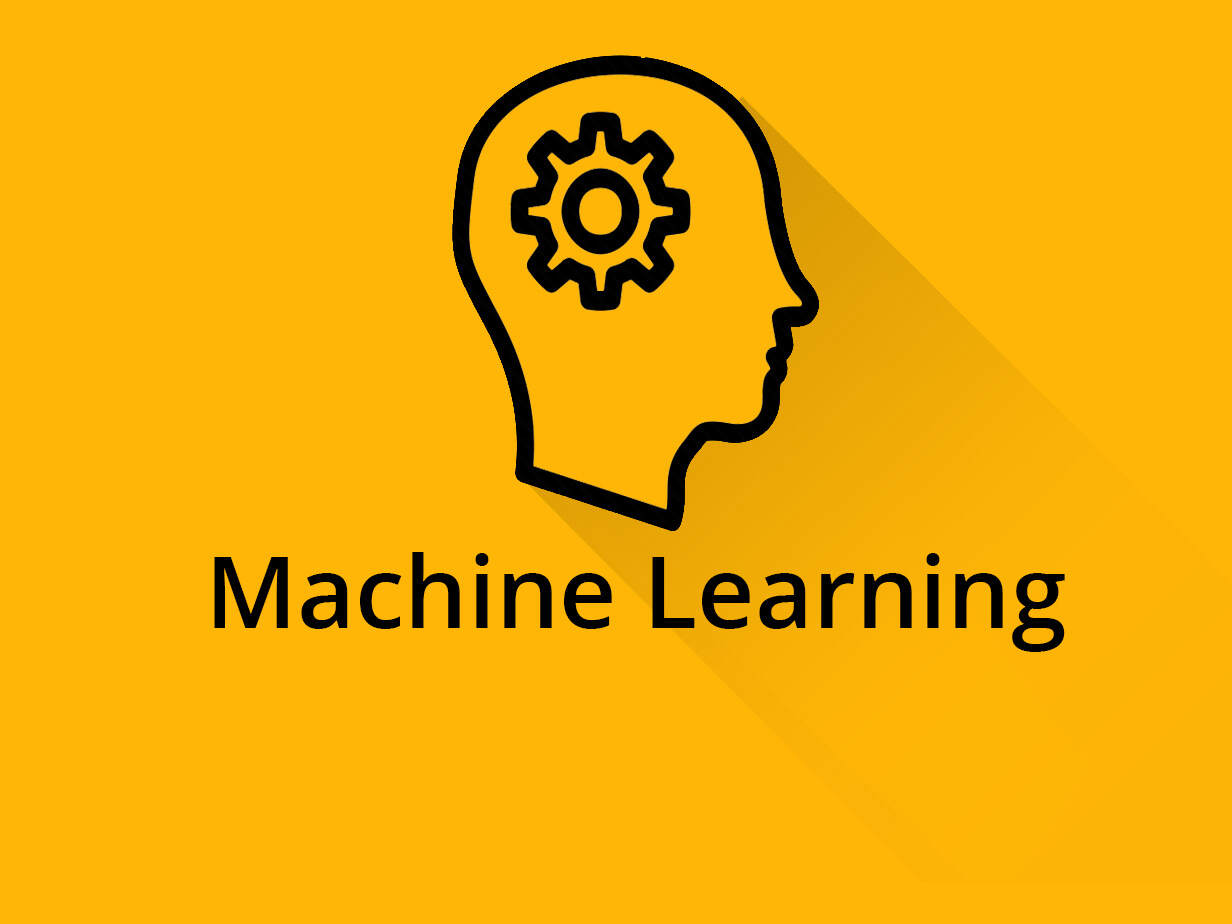Machine learning has become an increasingly popular field in recent years, and for good reason. With the vast amounts of data generated by modern technology, the ability to analyze and make predictions based on that data has become more important than ever before. Machine learning provides us with a powerful tool for achieving this goal.
At its core, machine learning is the process of teaching computers to learn from data, without being explicitly programmed. This means that instead of giving the computer a set of rules to follow, we feed it large amounts of data and allow it to find patterns and make predictions on its own. This is done through the use of complex algorithms that are designed to identify patterns in the data and use those patterns to make accurate predictions.
There are several different types of machine learning algorithms, each with its own strengths and weaknesses. Some of the most commonly used algorithms include:
- Supervised learning: In this type of machine learning, the computer is given a set of labeled data and asked to make predictions based on that data. For example, we might give the computer a set of images of cats and dogs, along with labels indicating which images are of cats and which are of dogs. The computer would then use this information to make predictions about new images it encounters.
- Unsupervised learning: In this type of machine learning, the computer is given a set of unlabeled data and asked to identify patterns on its own. For example, we might give the computer a large dataset of customer purchase histories and ask it to identify common patterns among the customers.
- Reinforcement learning: In this type of machine learning, the computer is trained through trial and error. It is given a task to complete and receives feedback based on its performance. Over time, the computer learns to make better decisions in order to achieve the desired outcome.
Machine learning has a wide range of applications in fields such as healthcare, finance, and manufacturing. For example, machine learning can be used to predict which patients are most at risk of developing certain diseases, or to analyze financial data and identify potential investment opportunities.
However, machine learning is not without its challenges. One of the biggest challenges is the issue of bias. If the data used to train a machine learning algorithm is biased in some way, the algorithm will learn that bias and replicate it in its predictions. This can have serious consequences, particularly in areas such as hiring or lending decisions.
Overall, machine learning is a powerful tool that has the potential to revolutionize many industries. However, it is important to use it responsibly and with a critical eye towards potential biases. With the right approach, machine learning can help us unlock new insights and make more accurate predictions than ever before.

Comments
Post a Comment